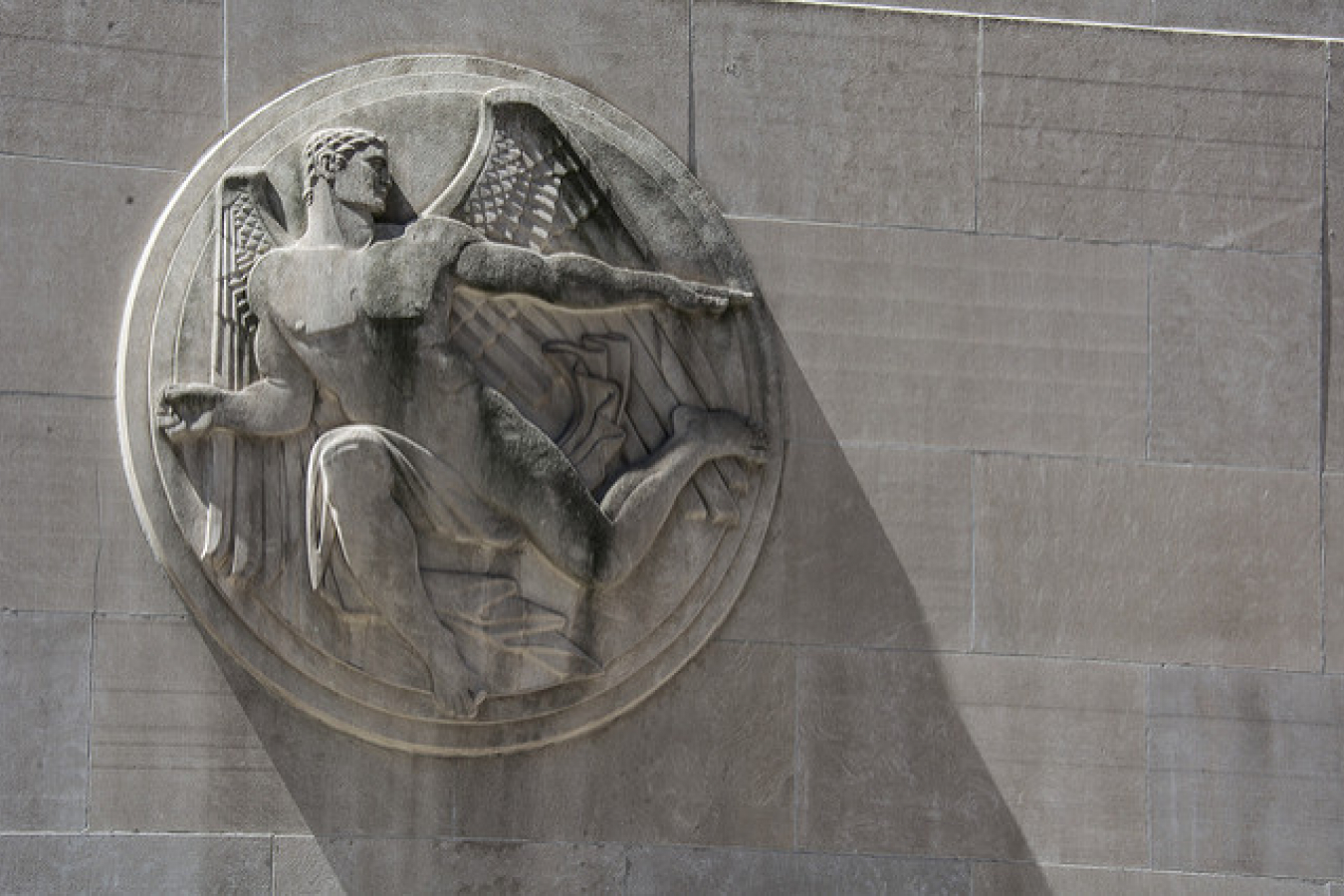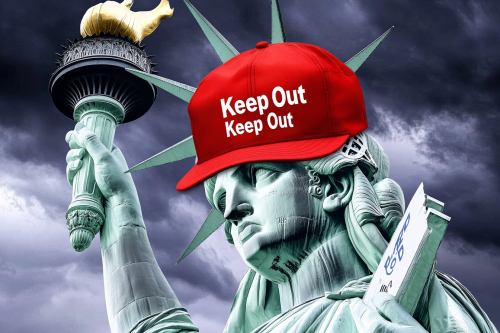Recent amendments to regulations - that apply to the H-1B1, E-3 and CW-1 non-immigrant classifications and the EB-1 immigrant classification – by the US Department of Homeland Security (DHS) will improve the programs currently in place according to US Citizenship and Immigration Services (USCIS).
US Immigration says that the amendments will remove any unnecessary barriers that put workers in these categories at a disadvantage to other workers in similar circumstances in other US visa classifications.
US H-1B1 Visa
The H-1B1 visa is a variation of the US H-1B visa, for nationals of Chile and Singapore. The H-1B visa is for entry of "specialty" workers usually with at least a bachelors degree. The version for Chile is known as the H-1B1-Chile and for Singapore it's H-1B1-Singapore. These specific types of H-1B visa were introduced in 2003 as part of US Free Trade Agreements with Chile and Singapore.
From the 65,000 visas that are allocated to the capped H-1B visa program, 6,800 are reserved for the H-1B1 classification; 1,400 are for Chilean nationals, while 5,400 are for nationals of Singapore. The visa quota has never been reached. This benefits nationals of Chile and Singapore. Other H-1B visa applicants are not so lucky; the H-1B visa quota is heavily oversubscribed at the beginning of April each year.
Approved applications for H-1B1 classification – inclusive of those that involve issue of a visa and those that involve a change of status from another visa category to this one, count towards the limits. Any unused H-1B1 visas in a fiscal year are reallocated to the general H-1B visa quota for the following fiscal year.
US E-3 Visa for Australians
The E-3 visa introduced on May 11, 2005 is available to nationals of Australia as part of a US-Australia Free Trade Agreement. Bearing similarities to the H-1B visa, one major difference is that spouses of E-3 visa holders are permitted to work in the US as long as thye apply for employment authorisation using form I-765. This compares with dependents of H-1B visa holders who need a separate work visa to be able to work in the US (frequently impossible to obtain).
Australian nationals applying for an E-3 visa do not come under the 65,000 annual visa limit for H-1B visas. There is a separate annual quota of 10,500 available visas. However, applicants are not competing with nationals of other nations to get one of these visas.
CW-1 Visa for Employers in the Commonwealth of the Northern Marian Islands (CNMI)
The CW-1 visa is a very specific visa program that allows employers in the Commonwealth of the Northern Marian Islands (CNMI) which is a US territory to apply for temporary permission to recruit foreign, non-immigrant workers who would not otherwise qualify for other US non-immigrant visa categories.
There is a cap on the number of CW-1 visas that are issued each fiscal year, but the cap varies each year. For instance, from November 28, 2009 to September 30, 2010, the numerical limitation was 22,417. As of fiscal year 2012, the numerical limitation for CW-1 visas was 22,416. CW-1 status is valid for 12 months.
EB-1 employment Based Immigration
The EB-1 visa is a 'first preference visa' for US employment-based permanent residency for those that are considered to be "priority workers". This employment based immigration category includes certain executives and managers of overseas companies who are transferred to the US, or foreign nationals who possess extraordinary skills or those that can be considered to be outstanding professors or researchers. The EB-1 visa allows the holder to remain permanently in the US.
What the DHS amendments mean for these visa classifications
Final rulings posted to the Federal Register – an online archive of US government activities – on January 15 2015, amend regulations impacting highly skilled workers across these non-immigrant visa classifications. The amendments came into effect on February 16 according to the USCIS.
In particular, the final rulings revise DHS regulations as outlined below:
- The DHS will include the H-1B1 and the main E-3 classifications on the list of types of foreign nationals that are allowed to apply for employment incident to status with a specific employer. This clarifies that H-1B1 and E-3 non-immigrants can work for a sponsoring employer. This is really a technical change correctly a previous omission. Obviously the visa holder should be allowed to work for the sponsoring employer.
- The DHS is allowing continuous employment with the same employer for up to 240 days for H-1B1 and principal E-3 non-immigrant visa holders after their visa status has expired as long as they have filed a timely extension of stay which remains pending.
- The same continued employment authorization period of 240 days as above will be extended to CW-1 non-immigrants whose status has expired while awaiting their Commonwealth of the Northern Marian Islands employer's timely filed Form I-129CW Petition for a CNMI-Only Non-immigrant Transitional Worker.
- Current regulations applicable to the filing procedures for extensions of stay or change of status will now be inclusive of primary H-1B1 and E-3 non-immigrant classifications.
- Employers filing a petition for outstanding professors and researchers under the EB-1 classification can now provide initial evidence similar to other forms of evidence already listed on the 8 CFR 204.5(i)(3)(i) – which details the types of petitions for employment-based migrants.
Both visa holders and employers should benefit
According to the USCIS, the changes bring employment authorization regulations for H-1B1 and E-3 visas in line with other non-immigrant worker categories. The DHS expects the rule to reduce the number of potential employment disruptions for recruiters seeking to employ H-1B1, E-3 and CW-1 non-immigrant workers. Both employers and employees should see a reduction in time and costs thanks to the new visa regulations.
The DHS further expects that the amended regulations will better facilitate the recruitment of EB-1 outstanding professors and researchers for US employers; more options will be provided for the type of evidence that can be supplied in support of their immigrant petition.
León Rodríguez, director of US Citizenship and Immigration Services, said: "We constantly strive to improve our processes and ensure fair and consistent access to immigration benefits. This Enhancing Opportunities rule removes unnecessary hurdles that place workers at a disadvantage and will be beneficial to both employers and their workers."
Workpermit.com can help with US employment-based visas
If you would like to apply for a US work visa – including L-1 visas, E-1 and E-2 visas, and H-1B visas - WorkPermit.com can help. WorkPermit.com is a specialist visa consultancy with over twenty-seven years of experience dealing with visa applications. We can help with a wide range of visa applications to your country of choice. Please feel free to contact us for further details.




